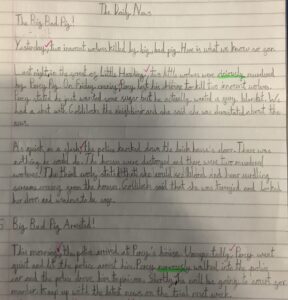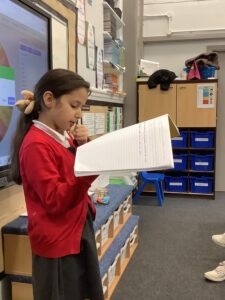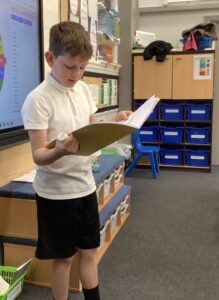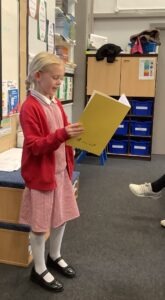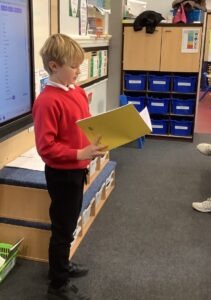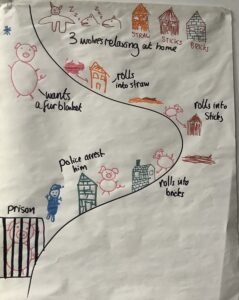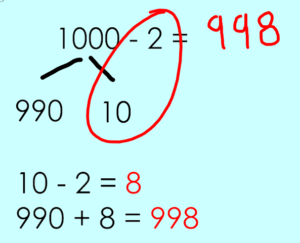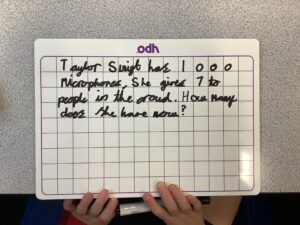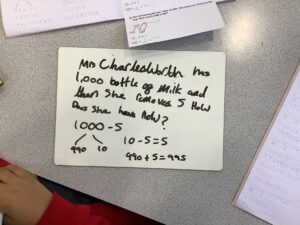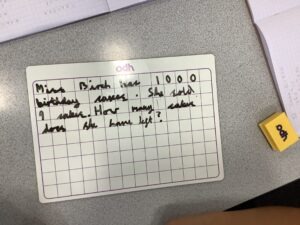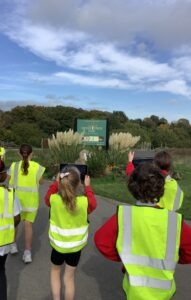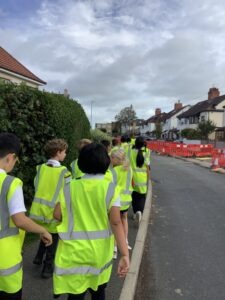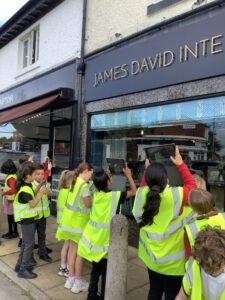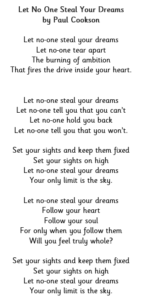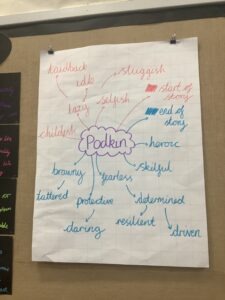Training day – Arty ideas !
We thought you’d enjoy hearing a little about what went on during our recent teacher training day! Part of the day was dedicated to developing our art knowledge and skills with our resident art teacher, Mrs Boulton.
Teachers got hands-on with paints, pastels and even soap! There was plenty of colour, laughter, and even a bit of friendly competition as we experimented with new techniques and ideas for upcoming art lessons.
The rest of the day focussed on other important areas too, including maths and inclusion. It was a full, productive day – and we left feeling ready and excited for the next half-term!
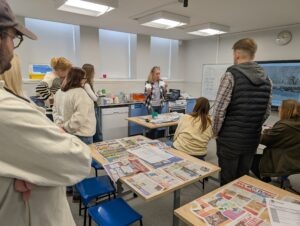
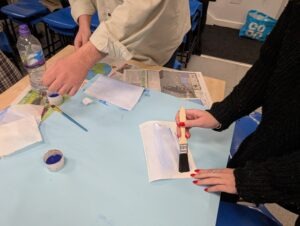
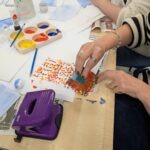
Writing: news reports
Today, Year 4 finished their twisted tales news reports. They were writing to report the story of the three little wolves and the big bad pig!
I was wowed by their brilliant writing and creative ideas. The reports were full of adverbs, fronted adverbials and fantastic descriptions of the awful crime.
This afternoon, Year 4 read out their writing as if they were news reporters. We spoke about our oracy skills (speaking and listening) to make sure the reports were clear and well projected. Everybody did a fantastic job – I think we might have some budding journalists in Year 4!
Help at home: watch Newsround and talk about the oracy skills the presenters are using when reporting.
Half term basketball camps
As a partner school of City of Leeds Basketball Club and one of our after-school club providers, we’re pleased to share details of their half term camps held locally at Allerton High School.
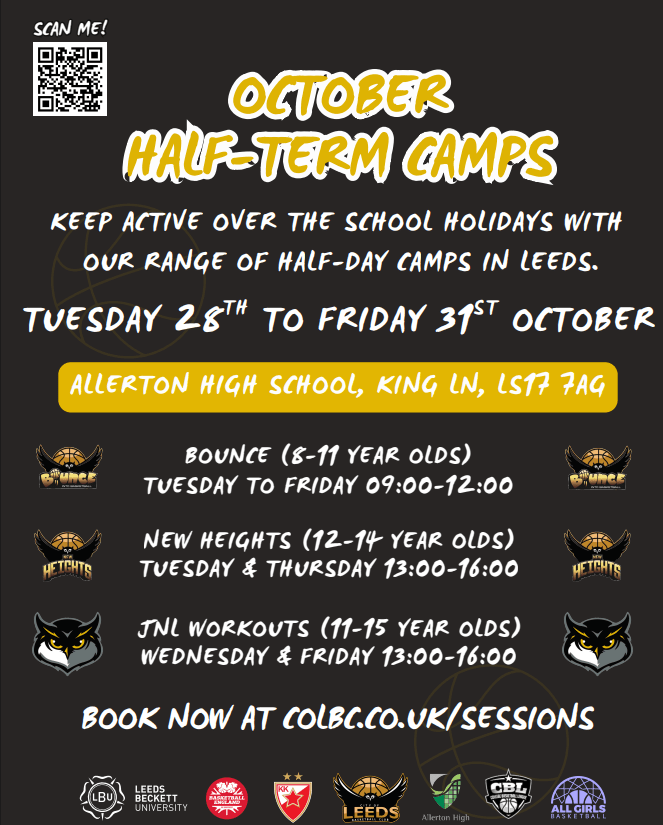
Living and Learning: Me and my money themed week
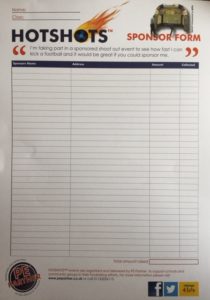
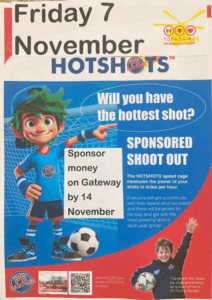
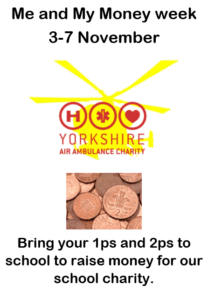
Writing: twisted tales
In writing, Year 4 are looking at news reports.
The purpose of a news report is to tell the reader information about something that has happened.
We’re going to be writing a news report about a twisted tale. We’re doing a spin on the classic three little pigs story. However, ours is going to be the three little wolves and the big bad pig. The big bad pig needs a warm blanket for winter and wolf fur is exactly what he’s looking for!
Today, together we drew a story map (we found the drawing quite tricky as you can see!) of our twisted tale. This is going to help us write our news reports next week.
Help at home: ask your children to tell you the story of the three little wolves and the big bad pig. Can they do it like a news reporter?
Maths: calculating with 1,000
In Year 4, we’ve been looking at the structure of 1,000 in maths.
There are 10 hundreds in 1 thousand.
There are 100 tens in 1 thousand.
There are 1,000 ones in 1 thousand.
Understanding the structure of 1,000 then helps us with our calculations.
When subtracting ones from 1,000, we can partition into 990 and 10 to help us.
Once we were confident, we had a go at writing some of our own worded problems for subtracting from 1,000.
Help at home: have a go at these questions (remember to partition if you need some help):
1,000 – 5 =
1,000 – 8 =
1,000 – 3 =
1,000 – 6 =
Geography: Moortown local walk
Today, Year 4 completed some fieldwork in our local area as part of our Geography topic: Where in the World am I?
fieldwork: observing and collecting data in a locality
We were investigating the different types of land-use that we can see in our local area. Your children used the iPads to take photos of all the different types of land-use that they could spot. We were able to find four different types on our walk…
- transport – allows us to travel to other areas of land
- recreational – used for the purpose of activities and fun e.g Moortown Park
- residential – used to provide housing for people
- commercial – used for businesses e.g shops, cafes and restaurants
Your children were safe, responsible walkers and fantastic geographers!
Help at home: go on a walk (local or somewhere new) and ask your children to point out all the different types of land-use that they can see.
Living & Learning: protected characteristics
Our L&L statement for the week: I understand some characteristics are protected by law.
In our L&L lesson this week, we learnt about the protected characteristics. We discussed what they are and how they’re protected.
Discrimination is defined as ‘the unfair treatment of people because of who they are or because they have a certain characteristic(s)’. We discussed examples and the impact of discrimination.
We discussed how the protected characteristics are protected by law – The Equality Act 2010 protects people from discrimination based on protected characteristics.
A helpful way to remember the protected characteristics is by using the mnemonic:
DR GRAMPSS
Disability
Race
Gender reassignment
Religion or beliefs
Age
Marriage or civil partnership
Pregnancy and/or maternity leave
Sex
Sexual orientation
Help at home: Can you remember the 9 protected characteristics using DR GRAMPSS? Why do we have protected characteristics?
National Poetry Day!
Yesterday, we celebrated National Poetry Day by exploring lots of poetry in class and having a special poetry assembly. Year 4 have been practising our poem by Paul Cookson all week and the children delivered it in front of the school beautifully.
They projected their voices fantastically and recited the poem with great prosody. They even learnt it off by heart – well done Year 4!
Help at home: visit the children’s poetry archive and explore their brilliant website. Which is your favourite poem?
Writing: character descriptions
This week, Year 4 are writing their character descriptions of Podkin One-Ear. This is the main character from our class novel by Kieran Larwood.
Purpose: to give the reader information about a character.
Audience: children and adults
We’ve spent the last few weeks exploring Podkin One-Ear. We’ve discussed how we could describe both his appearance and his personality to somebody who hasn’t read the book. Our aim has been for the reader to get a detailed and clear picture of Podkin in their heads, without needing to see a picture.
As a class, your children came up with some fantastic adjectives to describe Podkin which they are using in their writing.
Stay tuned to find out how they go…
Help at home: close your eyes and ask your children to describe Podkin for you in as much detail as possible. Can you picture him?
